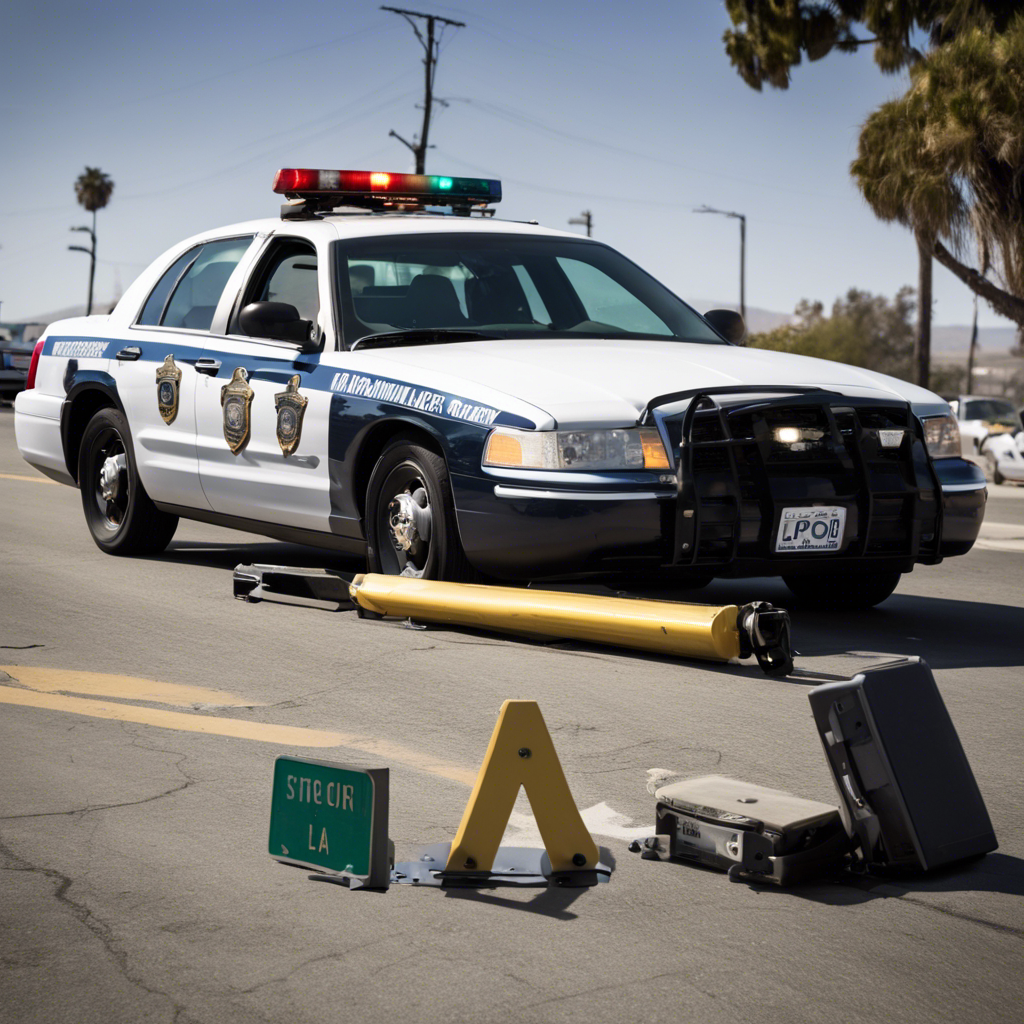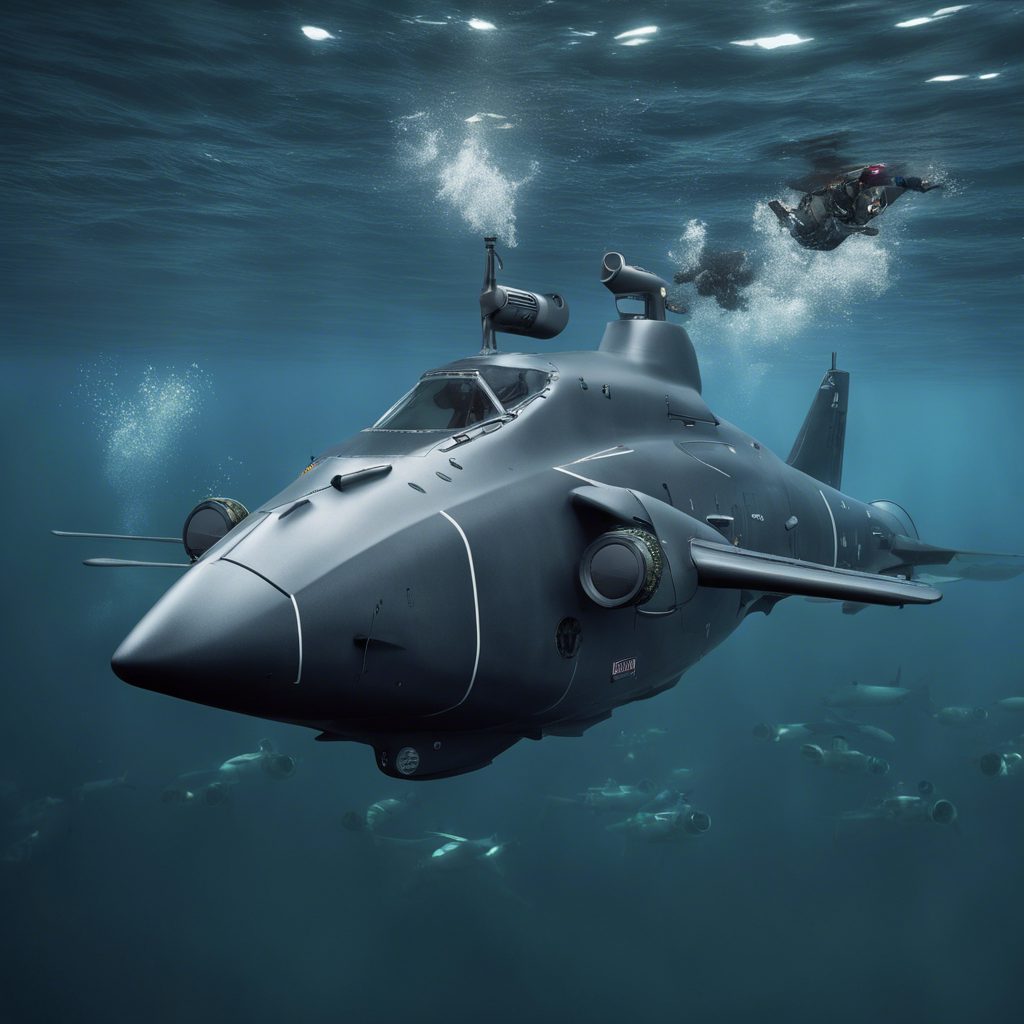Artificial Intelligence: A Potential Lifesaver at the Beach

Researchers at the University of California Santa Cruz are developing AI algorithms to detect and monitor dangers along the shoreline, potentially revolutionizing beach safety.
Imagine a future where a trip to the beach is not only a fun-filled adventure but also a safer experience. Thanks to advancements in artificial intelligence (AI), this vision may soon become a reality. Researchers at the University of California Santa Cruz, led by Professor Alex Pang, are harnessing the power of AI to develop potentially life-saving algorithms that can detect and monitor potential dangers along the shoreline. This groundbreaking technology has the potential to alert lifeguards, identify rip currents, and ultimately save lives.
The Challenge of Rip Currents:
Rip currents, also known as riptides, pose a significant threat to beachgoers, accounting for 80% of ocean lifeguard interventions, according to water rescues and safety expert Gerry Dworkin. These powerful currents move sand, organisms, and other materials offshore, creating hazardous conditions for swimmers. While safety experts advise those caught in rip currents to swim parallel to the shore, it can be challenging to spot these dangerous currents, even for experienced beachgoers. This is where AI comes into play.
The Inspiration Behind the Technology:
Professor Pang’s inspiration for developing this life-saving technology came during a windsurfing trip with friends. He realized how difficult it was to spot rip currents with an untrained eye. “They would point out a rip, and I would look in the water and say, ‘That’s just water,'” Pang explained. Determined to address this issue, he embarked on a mission to develop AI algorithms capable of detecting rip currents in real-time.
Improving Existing Models:
To enhance their research, Pang and his team partnered with Gregory Dusek, a scientist from the National Oceanic and Atmospheric Administration (NOAA). Dusek had developed a forecast model that predicts the hourly probability of rip currents up to six days in advance. Pang’s detection model aims to improve upon this existing model by offering real-time rip current detection. By continuously learning and improving its recognition abilities over time, the AI algorithm can provide lifeguards with accurate and timely information.
Training the Algorithm:
The key to the success of this AI technology lies in machine learning, a subfield of AI that allows technology to learn without explicit programming. Pang and his team trained the algorithm using images, enabling it to learn to detect rip currents. As the algorithm continues to analyze and process data, its detection capabilities will become more refined and accurate. Ultimately, this technology aims to provide lifeguards with crucial information that can help them save lives.
The Future of Beach Safety:
The potential impact of AI on beach safety extends beyond rip current detection. Other AI technologies, such as those developed by Israeli company Lynxight, have been used to enhance water safety in aquatic centers. For example, a YMCA location in Ann Arbor, Michigan, utilized Lynxight’s technology to detect swimmers in distress, helping prevent drownings. With further advancements in AI, the possibilities for improving beach safety are endless.
Conclusion:
Artificial intelligence is poised to revolutionize beach safety by harnessing the power of machine learning to detect and monitor potential dangers along the shoreline. The work being done by Professor Alex Pang and his team at the University of California Santa Cruz offers a glimpse into a future where AI algorithms can alert lifeguards to potential hazards, identify rip currents, and ultimately save lives. As this technology continues to evolve, beachgoers can look forward to a safer and more enjoyable experience by the water.










